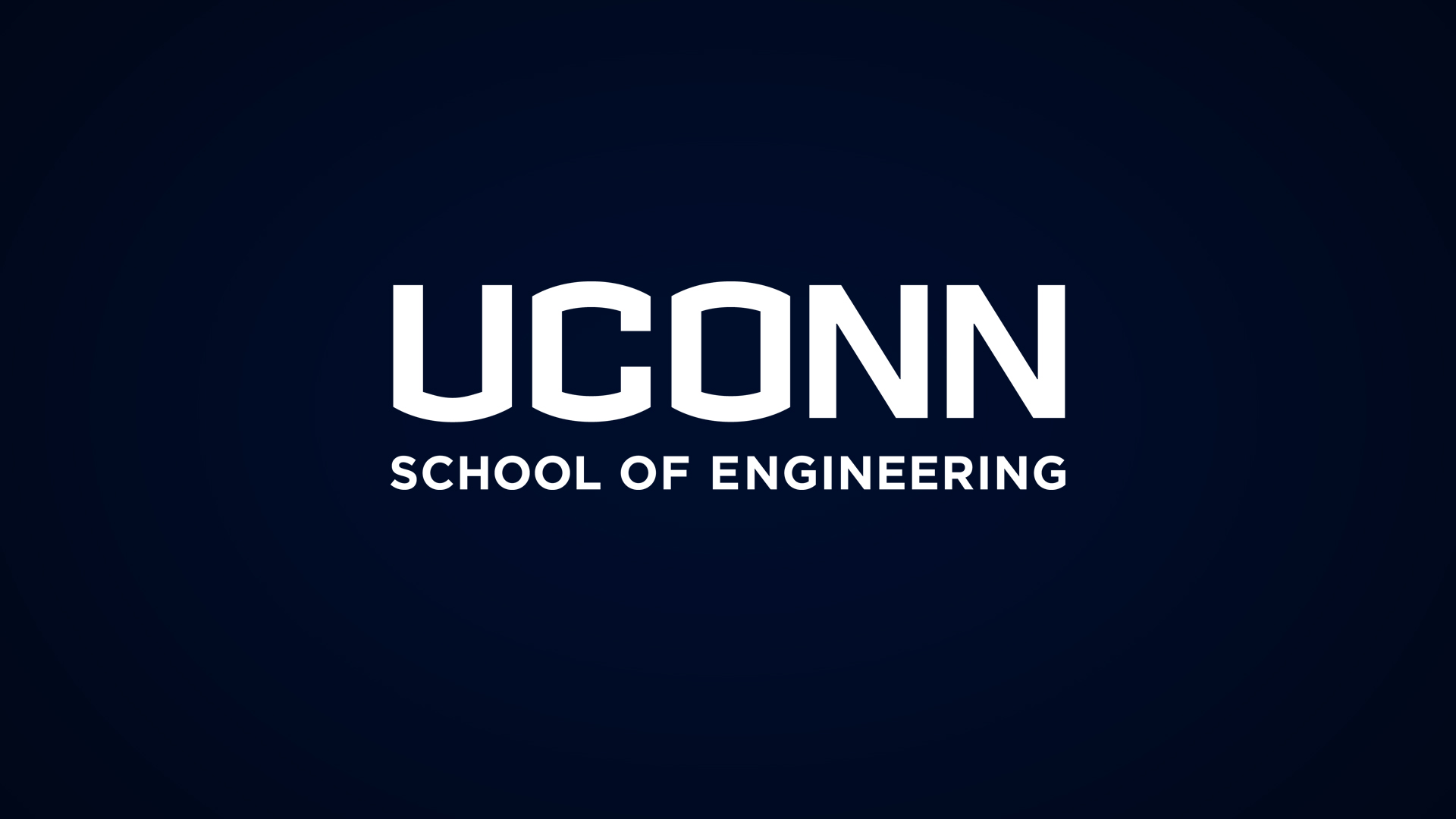

This video contains proprietary information and cannot be shared publicly at this time.
Team 76
Team Members |
Faculty Advisor |
Rebecca Villanueva |
Dr. Kyungjin Kim Sponsor Other |
sponsored by
UCONN, Dr. Kim
Engineering Durable Polymer-Matrix barrier Structures
My Mechanical Engineering Accelerated Masters project aims to construct a basis for clay-based nanocomposite coatings wherein barrier properties and mechanical properties can be predicted and simulated with a predictive lifetime model. “Nanocomposites” is a term meaning that the films I make have more than one material, and the properties I’m evaluating are active on a microscopic level. These films are composed of three ingredients: water, polyvinyl alcohol, and clay. The polyvinyl alcohol works as a matrix, meaning that the clay particles are suspended within it. The goal here is to have the clay arranged so as to block things like water vapor from getting through. However, while more clay blocks more vapor, it also makes the film stiffer and therefore less durable. By examining different ratios of polyvinyl alcohol and clay, I can see how the barrier and mechanical properties correlate. With my collected data, I’m able to calculate nanocomposite properties such as crack onset strain, water vapor transmission rate, and young’s modulus. Crack onset strain is basically the percent of sample extension required to begin cracking. Young’s modulus is the ratio of stress (defined as force per surface area) to strain in a material’s elastic region. The greater the value of this modulus, the stiffer the material. I can then give these values to other members in Dr. Kim’s lab who are creating 3-dimensional models of my samples. The goal here is to then be able to predict how a film with any composition (i.e. ratio of clay particles to polyvinyl alcohol) will react under different environmental and stress conditions. Results indicate that the nanocomposites increase a sample’s modulus of elasticity and decrease water vapor transmission rate when clay content is increased. However, it must be noted that too much clay may actually inhibit barrier properties via nanoplatelet agglomeration and should therefore be avoided.
